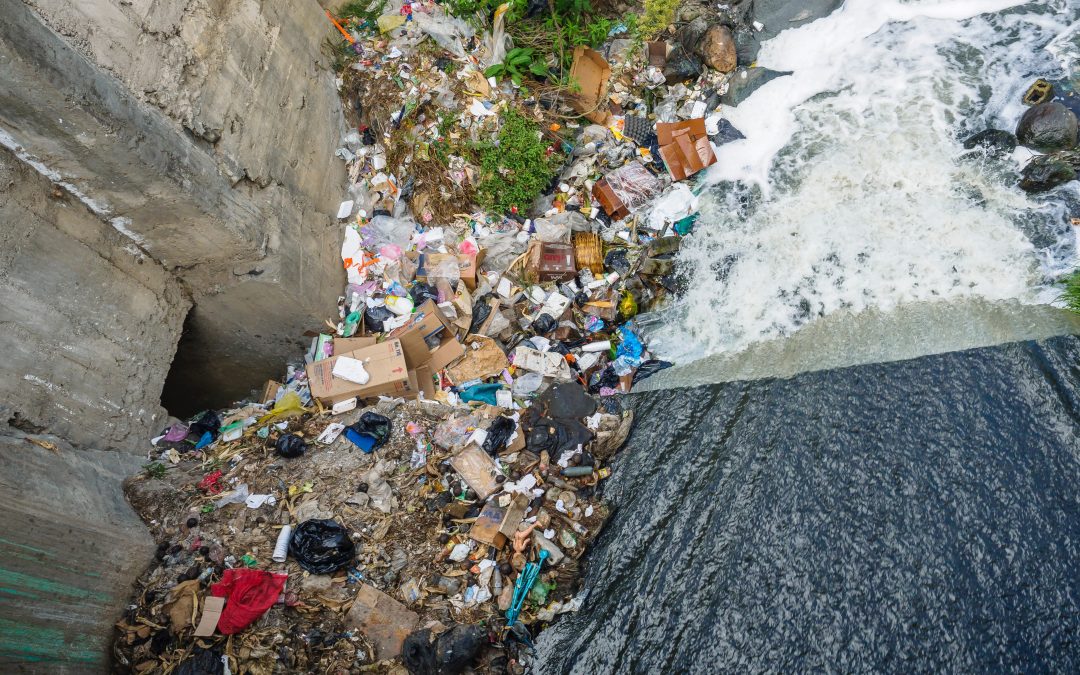Little is said about food loss and waste and even less about the waste of water that comes with it.
Food waste also involves water waste. If the water footprint of a hamburger is 2,529 liters (around 668 gallons), can you imagine how much water is wasted for each small piece of hamburger that’s thrown away?
Water is not only wasted when we leave the faucet running but also when food is thrown away. The fact is overwhelming and worrying: a third of the food produced annually in Mexico is wasted. This is equivalent to 38 tons wasted every 60 seconds. That amount of food could feed 25.5 million people suffering from food scarcity.
Measured in a different way, in Mexico we waste 131 kilograms of food per inhabitant per year, this means that almost a quarter of all the water we consume is used to grow food that nobody eats.
The environmental impact of food waste has reached unsustainable limits:
- Water footprint of food waste: food loss and waste consume up to 21% of the world’s fresh water.
- Food waste has a significant impact on global climate change. According to the FAO, it is responsible for 8% of greenhouse gas emissions.
- Almost 30% of the world’s agricultural land is used to produce food that will never be consumed. In addition, it also entails a high environmental cost as this waste contributes to eroding lands, water flows impacts, and biodiversity.
One last thing to ponder: most of the water footprint in food waste comes from animal feeding (drinking water intended for animals only represents a minor part). According to FAO numbers, obtaining calories, proteins, and fat from plant products is more efficient than from animal products.

